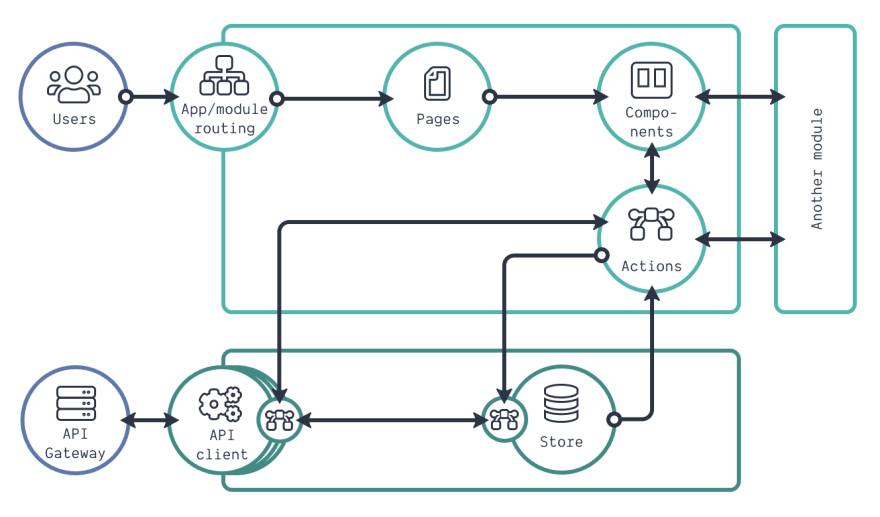

Wasiu Idowu
Promises-Part 2
A JavaScript Promise is created with the new Promise constructor function - new Promise(). A promise will let you start some work that will be done asynchronously and let you get back to your regular work. When you create the promise, you must give it the code that will be run asynchronously. You provide this code as the argument of the constructor function:
new Promise(function () {
window.setTimeout(function createSundae(flavor = "chocolate") {
const sundae = {};
// request ice cream
// get cone
// warm up ice cream scoop
// scoop generous portion into cone!
}, Math.random() * 2000);
});This code creates a promise that will start in a few seconds after I make the request. Then there are a number of steps that need to be made in the createSundae function.
Indicated a Successful Request or a Failed Request
But once that's all done, how does JavaScript notify us that it's finished and ready for us to pick back up? It does that by passing two functions into our initial function. Typically we call these resolve and reject.
The function gets passed to the function we provide the Promise constructor - typically the word "resolve" is used to indicate that this function should be called when the request completes successfully. Notice the resolve on the first line:
new Promise(function (resolve, reject) {
window.setTimeout(function createSundae(flavor = "chocolate") {
const sundae = {};
// request ice cream
// get cone
// warm up ice cream scoop
// scoop generous portion into cone!
resolve(sundae);
}, Math.random() * 2000);
});Now when the sundae has been successfully created, it calls the resolve method and passes it the data we want to return - in this case the data that's being returned is the completed sundae. So the resolve method is used to indicate that the request is complete and that it completed successfully .
If there is a problem with the request and it couldn't be completed, then we could use the second function that's passed to the function. Typically, this function is stored in an identifier called "reject" to indicate that this function should be used if the request fails for some reason. Check out the reject on the first line:
new Promise(function (resolve, reject) {
window.setTimeout(function createSundae(flavor = 'chocolate') {
const sundae = {};
// request ice cream
// get cone
// warm up ice cream scoop
// scoop generous portion into cone!
if (iceCreamConeIsEmpty(flavor)) {
reject(`Sorry, we're out of that flavor :-(`);
}
resolve(sundae);
}, Math.random() * 2000);
});So the reject method is used when the request could not be completed . Notice that even though the request fails, we can still return data - in this case we're just returning text that says we don't have the desired ice cream flavor.
A Promise constructor takes a function that will run and then, after some amount of time, will either complete successfully (using the resolve method) or unsuccessfully (using the rejectmethod). When the outcome has been finalized (the request has either completed successfully or unsuccessfully), the promise is now fulfilled and will notify us so we can decide what to do with the response.
Promises Return Immediately
The first thing to understand is that a Promise will immediately return an object.
const myPromiseObj = new Promise(function (resolve, reject) {
// sundae creation code
});That object has a .then() method on it that we can use to have it notify us if the request we made in the promise was either successful or failed. The .then() method takes two functions:
-
the function to run if the request completed successfully
-
the function to run if the request failed to complete
mySundae.then(function (sundae) {
console.log(`Time to eat my delicious ${sundae}`);
}, function (msg) {
console.log(msg); self.goCry(); // not a real method
});As you can see, the first function that's passed to .then() will be called and passed the data that the Promise's resolve function used. In this case, the function would receive the sundae object. The second function will be called and passed the data that the Promise's reject function was called with. In this case, the function receives the error message "Sorry, we're out of that flavor :-(" that the reject function was called with in the Promise code above
Wasiu Idowu
Wasiu breaks down complex topics into smaller, simpler bits
4 Comments
talks_of_code on Oct 31, 2022
lorem is not now updated. However, this is fine for now
Henderson on Oct 30, 2022
ESLint - is a very convenient tool to control code quality. But, sometimes it’s necessary to disable it. In this tutorial, you’ll learn how to turn off ESLint for certain directories and files.
Ian kirkby on Oct 8, 2022
Lorem ipsum dolor sit amet consectetur adipisicing elit. Quod, dicta consectetur pariatur voluptatem impedit odit tenetur. Est earum quia quod, iusto magnam laborum omnis dignissimos harum ratione doloribus, similique quae tempore. Deleniti fuga possimus impedit voluptatem laborum quaerat aspernatur excepturi sapiente iste animi nemo qui, rerum doloribus sit exercitationem quibusdam? Voluptatibus accusantium rem voluptas rerum maiores sequi cum exercitationem, repellendus molestiae eaque et! Cum obcaecati reprehenderit dolor dolore, et molestiae.
Ian kirkby on Oct 8, 2022
Lorem ipsum dolor sit amet consectetur adipisicing elit. Sit earum tenetur harum, perspiciatis eos itaque alias est. Temporibus, minus culpa? Minus, aperiam perspiciatis. Explicabo, dolor magnam. Ratione ipsum eius delectus magni nisi, esse, nihil reprehenderit neque aperiam reiciendis tempore quas doloremque facilis saepe dolor quam adipisci laudantium distinctio, voluptatum hic?